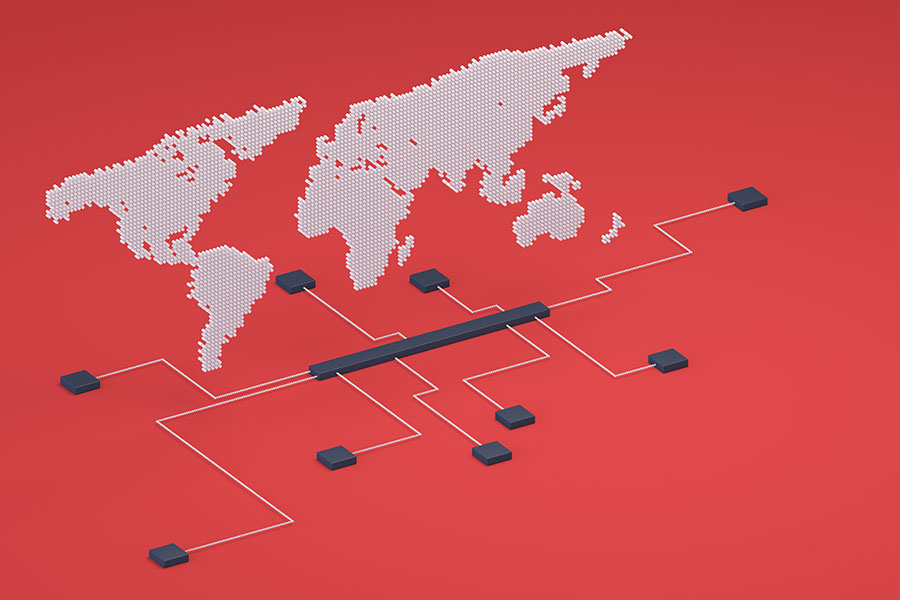To reach the goal outlined by the United Nations’ Agenda for Sustainable Development to end poverty and hunger by the year 2030, many policy, economic, social, and organizational actions must be taken.
Fortunately, emerging technologies – such as the Internet of Things (IoT), blockchain, mobile technologies and more – can help in the effort to achieve this worthy goal.
1. Smart Agriculture Lifts Smallholder Farmers out of Poverty
According to the World Bank, up to 78% of the world’s poor live in rural areas and rely on farming to put food on their tables and make a living. Improving the efficiency of agricultural practices is one of the most effective ways to raise incomes of the impoverished. Innovative, new IoT technologies and the data they generate can help rural farmers optimize their operations, from increasing crop yields to reducing the use of fertilizer and water.
For example, Zenvus, a Nigerian startup, is equipping farmers across sub-Saharan Africa with smart soil sensors that collect data such as humidity, temperature, pH, moisture, and nutrient levels, and automatically upload it to the cloud for analysis. A mobile app provides tailored advice to the farmers on what, when and how to plant, and connects them to electronic marketplaces to sell their crops.
By providing real-time data and analysis that helps improve farmers’ decision making, IoT technologies reduce the risk of crop failure, decrease production costs, increase yields, and provide market access – all of which lead to higher profits and more secure livelihoods.
2. 5G Wireless and the Internet of Things (IoT) Connects the Rural Poor to Education
While IoT technologies can provide tremendous benefits to farmers, they can only do so with reliable connectivity to high-speed Internet. Yet today, approximately 4 billion people, many of whom live in rural areas, still don’t have access to the Internet. But this, too, is beginning to change. As low earth orbiting (LEO) satellite constellations are enveloping the globe and 5G wireless networks are rolled out, they will provide high speed Internet access to more than half a billion farms in even the most remote corners of the world.
With its promise of ultra-high bandwidth and super-low latency, 5G will open new educational opportunities for people in rural communities. Live streams of online classrooms will help educate their youth while adults will get access to online education and gain professional skills, such as computer networking. Much research has shown that access to education is one of the most effective tools for lifting people out of poverty.
3. Blockchain Helps Secure Land Registry and Economic Access for the Poor
In many developing countries, poor recordkeeping practices make it nearly impossible for people to prove they own the land they live on. Without the ability to verify a title or deed, people cannot buy or sell their property, establish creditworthiness, or access loans or other financial tools necessary to improve their economic standing. In India, lack of legal land ownership is a bigger cause of poverty than the caste system or illiteracy.
Distributed ledger, or blockchain, technologies are being piloted in novel new ways to address this problem. In Ghana, for example, the non-profit Bitland introduced a blockchain-based digital registry of land ownership that combines transactions with GPS data and satellite photos to help guarantee property rights. Because blockchain records are virtually impossible to alter, they can also be used to establish credit, allowing landowners to open bank accounts and conduct financial transactions, thus enabling greater financial inclusion and paving the way to sound economic futures.




































